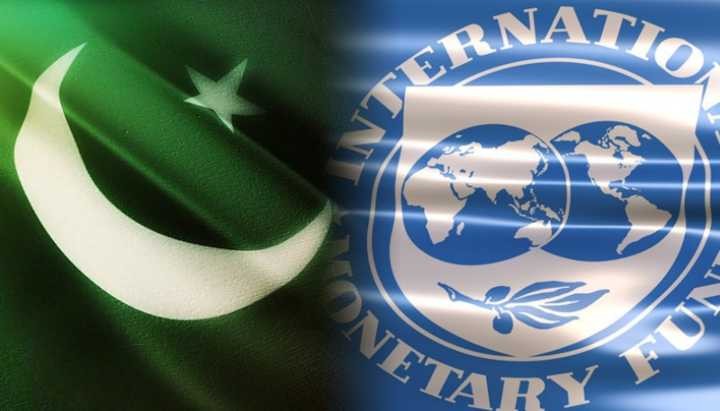
ওয়ার্ল্ড ইনসাইড
Pakistan's Financial Woes: On the Brink of Bankruptcy
প্রকাশ: 17/02/2023

Pakistan,
the South Asian nation with a population of over 220 million people, is facing
a severe financial crisis that has put the country on the brink of bankruptcy.
The country's economy has been struggling for several years, with a range of
factors contributing to the crisis. Here are some of the reasons why Pakistan
is on the verge of bankruptcy.
Current
Account Deficit
Pakistan's
current account deficit has been widening rapidly in recent years, meaning the
country is importing more goods and services than it is exporting. According to
the State Bank of Pakistan, the current account deficit for the fiscal year
2020-21 was $1.85 billion, up from $614 million in the previous year. This
deficit puts pressure on Pakistan's foreign exchange reserves and makes it
difficult for the country to repay its external debt obligations.
Foreign
Debt
Pakistan's
external debt has been increasing at an alarming rate, with the total external
debt reaching $116.3 billion in June 2021, up from $73.4 billion in June 2016.
The country's external debt has grown by more than 58% in just five years,
putting immense pressure on the country's finances. Pakistan's external debt is
projected to grow to $134.2 billion by June 2023, according to the
International Monetary Fund (IMF).
Trade
Deficit
Pakistan's
trade deficit has also been widening, with the country importing more goods
than it exports. The trade deficit for the fiscal year 2020-21 was $27.4
billion, up from $23.1 billion in the previous year. The country's exports have
been declining in recent years, and the COVID-19 pandemic has further
exacerbated the situation.
Corruption
and Mismanagement
Corruption
and mismanagement have also contributed to Pakistan's financial crisis.
According to the Transparency International Corruption Perception Index,
Pakistan ranks 124 out of 180 countries, indicating widespread corruption in
the country. The mismanagement of state-owned enterprises, such as Pakistan
International Airlines and Pakistan Steel Mills, has also been a major issue, with
these entities running huge losses and requiring government bailouts.
Energy
Crisis
Pakistan's
energy crisis has also contributed to the country's financial woes. The country
has been facing severe power shortages for many years, with frequent blackouts
and load shedding. The energy crisis has impacted businesses and industries,
leading to a decline in economic growth and investment.
COVID-19
Pandemic
The
COVID-19 pandemic has further exacerbated Pakistan's financial crisis. The
country has been hit hard by the pandemic, with the healthcare system
struggling to cope with the surge in cases. The pandemic has also impacted the
country's economy, with many businesses shutting down and unemployment rising.
IMF
Bailouts
Pakistan has turned to the IMF for financial assistance multiple times in the past, with the country currently on its 22nd IMF bailout program. The IMF has provided Pakistan with loans to stabilize its economy and reduce its external debt, but the country has struggled to implement the required economic reforms, leading to delays in disbursement of funds.
In
conclusion, Pakistan is facing a severe financial crisis that has put the
country on the brink of bankruptcy. The country's current account deficit,
external debt, trade deficit, corruption, mismanagement, energy crisis, and the
COVID-19 pandemic have all contributed to the crisis. Pakistan urgently needs
to implement economic reforms and address these issues to stabilize its economy
and avoid a financial meltdown. The country must also work towards reducing its
reliance on external debt and increasing its exports to boost its economy.
প্রধান সম্পাদকঃ সৈয়দ বোরহান কবীর
ক্রিয়েটিভ মিডিয়া লিমিটেডের অঙ্গ প্রতিষ্ঠান
বার্তা এবং বাণিজ্যিক কার্যালয়ঃ ২/৩ , ব্লক - ডি , লালমাটিয়া , ঢাকা -১২০৭
নিবন্ধিত ঠিকানাঃ বাড়ি# ৪৩ (লেভেল-৫) , রোড#১৬ নতুন (পুরাতন ২৭) , ধানমন্ডি , ঢাকা- ১২০৯
ফোনঃ +৮৮-০২৯১২৩৬৭৭